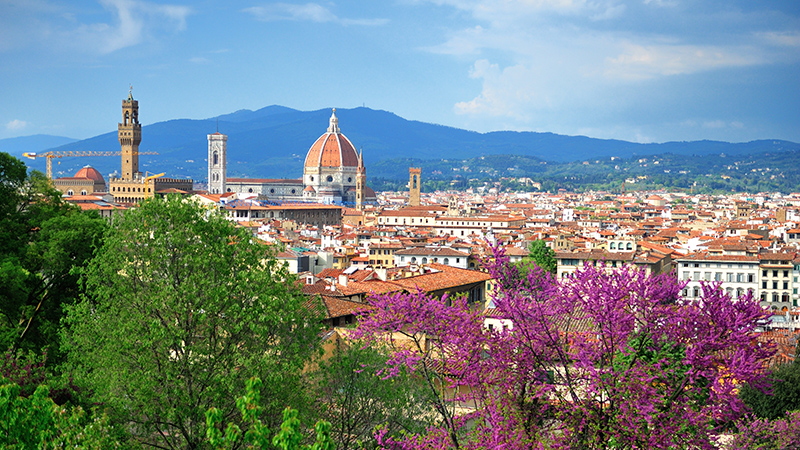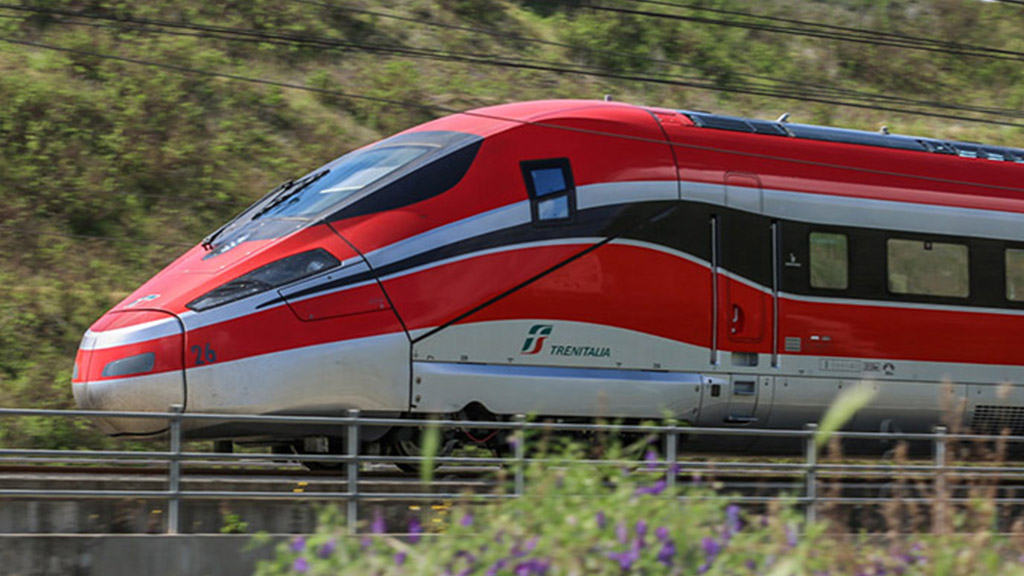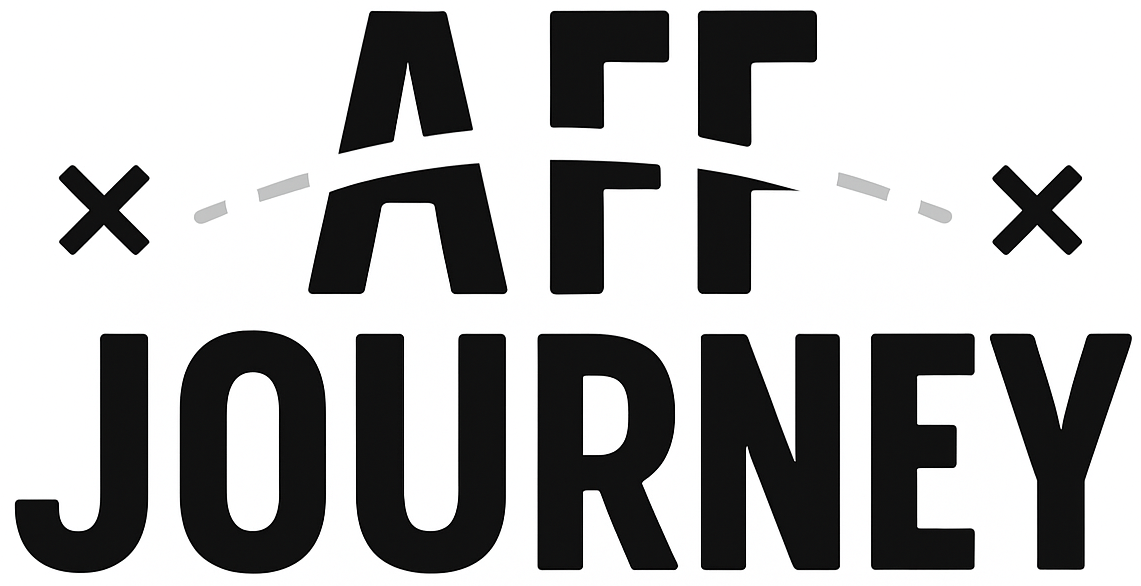© 2025 AffordableJourney. Built with care by our team. All rights reserved.
How I Planned the Perfect Budget-Friendly Trip to Italy
By Elena Moretti
Step-by-step tips from my experience exploring Italy without overspending.
The Allure of Italy on a Budget
Italy is a dream destination for many travelers — from the romantic canals of Venice and the ancient ruins of Rome to the rolling vineyards of Tuscany and the stunning Amalfi Coast. But there’s a common misconception that experiencing Italy means splurging on luxury hotels, expensive restaurants, and pricey tours.
I’m here to tell you that you can enjoy the essence of Italy fully while sticking to a budget. I recently planned and took a trip to Italy that combined rich culture, delicious food, and breathtaking sights — all without draining my savings. This blog breaks down how I did it, step-by-step, so you can plan your own affordable Italian adventure.

Step 1: Choosing the Right Time to Travel
Timing is everything when it comes to budget travel in Italy. I opted for the shoulder season — late April through early June — just before the summer tourist rush.
Benefits of traveling during shoulder season:
Lower airfares and accommodation prices
Fewer tourists at popular sites
Pleasant weather perfect for sightseeing and outdoor dining
Avoiding July and August saved me a ton on flights and lodging, plus I enjoyed a more authentic, relaxed Italian experience.

Step 2: Booking Affordable Flights
Flights can make or break a budget trip, so I used a combination of flight comparison sites like Kayak, Skyscanner, and Google Flights. I set up price alerts and booked three months in advance to snag the best deals.
I also flew into Milan instead of Rome, as Milan often had cheaper flights from my departure city. From Milan, I took trains to other destinations. This flexibility saved me close to $150 round-trip.
Tips for booking cheap flights:
Use flexible date searches
Set price alerts on multiple platforms
Consider alternative airports
Book early, especially for international routes

Step 3: Embracing Italy’s Efficient Train Network
Italy’s train system is one of the best in Europe, connecting cities and towns quickly and affordably. I purchased tickets through Trenitalia and Italo websites, booking early to access discounted fares.
To save further:
I avoided high-speed trains for shorter distances, opting for regional trains with slower speeds but cheaper prices.
Purchased tickets in advance rather than last minute.
Used regional travel passes for Tuscany and Lombardy when exploring those areas.
This mode of transport also offered scenic views and a chance to mingle with locals.

Step 4: Finding Budget-Friendly Accommodation
Accommodation in Italy can be expensive, especially in major cities. Here’s how I found affordable places without compromising comfort:
Stayed in guesthouses, B&Bs, and family-run pensions instead of hotels.
Used Airbnb for entire apartments or private rooms, often cheaper than hotels.
Chose places slightly outside city centers but near public transport.
Booked early and checked for last-minute deals on Booking.com.
This approach gave me a cozy “home away from home” experience and opportunities to meet other travelers and locals.

Step 5: Eating Like a Local Without Overspending
Food is a highlight of any Italy trip, but dining out can get pricey. My strategy was:
Enjoying aperitivo hour — a happy hour tradition where buying a drink grants access to a buffet of snacks and light bites.
Eating at trattorias and osterias frequented by locals, avoiding tourist traps near main attractions.
Buying fresh produce, bread, cheese, and cured meats from local markets for picnics.
Sampling street food like pizza al taglio (by the slice) and gelato from reputable gelaterias.
This way, I savored authentic flavors while keeping daily food expenses low.
:max_bytes(150000):strip_icc()/How-to-Throw-an-Aperitivo-Hour-Like-Italians-FT-BLOG0425-01-a16d0a64c3c24291a56e1d4f1dab5bb6.jpg)
Step 6: Prioritizing Free and Low-Cost Attractions
Italy is full of iconic landmarks that charge entry fees, but there are also countless free or inexpensive ways to soak in its culture:
Visiting free museums and churches open to the public, like Basilica di San Clemente in Rome or the Duomo in Florence (outside access).
Exploring beautiful public parks and gardens such as Villa Borghese in Rome or Giardini Pubblici in Venice.
Wandering through historic neighborhoods, piazzas, and markets on foot.
Taking advantage of free walking tours (just tip the guide what you can).
Planning these free activities helped me balance my budget and experience authentic Italy.
Step 7: Saving on Entrance Fees with City Passes
For must-see paid attractions, I researched city passes like the Roma Pass, Firenze Card, and Milan Pass. These offer bundled entry to multiple museums and public transport at a reduced price.
I bought the Firenze Card for Florence, which included:
Fast-track entry to major museums like Uffizi and Accademia
Unlimited public transport
Discounts at partner shops and restaurants
This saved me money and time standing in lines.
Step 8: Planning Smart Day Trips
Italy’s small size means day trips are easy and budget-friendly. I took trains or buses to nearby towns instead of booking expensive tours. For example:
From Rome, I visited Tivoli’s Villa d’Este and Hadrian’s Villa by public bus.
From Florence, I explored Siena and San Gimignano by regional train and bus.
From Naples, I went to Pompeii using the Circumvesuviana train.
These independent trips were cheaper and allowed me to explore at my own pace.

Step 9: Using Apps and Websites for Extra Savings
I relied on travel apps and websites to find discounts, tips, and local insights:
Rome2rio: For planning transportation routes and comparing costs.
TheFork: For restaurant deals and reservations with discounts.
Google Maps: To find nearby affordable eateries and attractions.
TripAdvisor: To read reviews and avoid tourist traps.
Omio: For booking affordable train and bus tickets.
Leveraging these tools kept my trip efficient and budget-friendly.

Step 10: Traveling Light and Smart
Packing light saved money on luggage fees and made train travel easier. I packed versatile clothing, comfortable shoes, and a compact daypack.
I also:
Brought a reusable water bottle to avoid buying bottled water.
Carried snacks for long train rides or sightseeing days.
Used a money belt for safety and convenience.
These simple choices made the trip more comfortable and economical.
Italy Is Affordable with the Right Planning
Italy’s beauty and culture are accessible to everyone, regardless of budget. With thoughtful planning, flexibility, and local knowledge, you can create an unforgettable Italian adventure without overspending.
My trip proved that budget travel doesn’t mean missing out — it means traveling smarter. I hope my tips inspire you to pack your bags, explore Italy’s treasures, and make incredible memories on a budget that works for you.
Buon viaggio!




